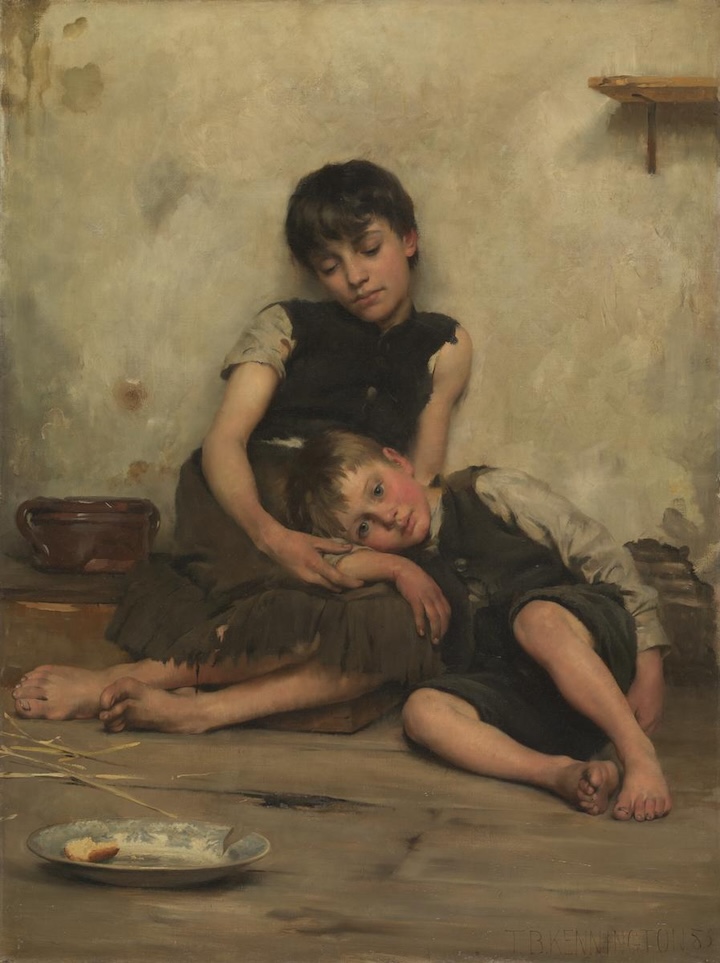Michigan, which in 2022 ensconced a right to abortion-on-demand into its state constitution, may be on the verge of another adaptation to the sexual revolution: adopting commercial surrogacy.
The Great Lake State, along with Nebraska and to some degree Louisiana, are the three states that still outlaw commercial surrogacy. “Commercial” surrogacy is distinguished from “altruistic” surrogacy, where the latter is nominally a volunteer undertaking. I say “nominally” because (a) how does one really monitor financial exchanges in such quasi-private contexts and (b) when does “compensation for care” (e.g., medical “expenses”) blur into pay?
Are you surprised that the vast majority of states allow trafficking in children? If you are, you’re soooo 1987, when New Jersey’s “Baby M” case was decided. As bioethics activist Jennifer Lahl has observed, America is the “Wild West” when it comes to artificial reproduction.
Amid the controversies over abortion from the 1970s-90s, many state legislators decided to steer clear of any involvement in the emerging field of artificial reproduction, including surrogacy. And Roe fostered a perspective of treating childbearing as an “individual liberty interest” with which states should not interfere, a mindset that has perdured in the various post-Dobbs state constitutional amendments enshrining abortion-on-demand.
So, while those pushing commercial surrogacy in Michigan would like simply to suggest the state is catching up with all the others, in fact, the legislation advancing in Lansing is extreme.
Just as Obergefell redefined marriage to eliminate sexual difference, Michigan’s proposed surrogacy law redefines parenthood to eliminate genetics and the bodily. The only “parent” in law in Michigan would be the person(s) commissioning the baby.
If there are two, they wouldn’t even need to live together or have any formal relationship to be listed as “Parent One” and “Parent Two.” (Yeah, sexual differentiation in parentage goes away, too). Parenthood becomes a state of mind.
We need to make ourselves fully aware of what that means.
For a child to come into existence requires genetics, gestation, and upbringing, what Catholicism once used to call procreatio et educatio. You need a man for sperm; a woman to provide an ovum. You need a woman – who may or may not be the woman who provided the ovum – to bear that fertilized ovum for nine months. And you need somebody to raise that newborn.
That used to be understood as what mothers and fathers do.

Technology has allowed the genetics, gestation, and social dimensions of parenthood to be separated into unrelated components. Surrogacy laws have decided that the only legally valued component is raising the child. All the other elements are deemed sub-personal and legally irrelevant to what constitutes a “parent.”
Sperm and egg are not essential to parenthood: they are parts to be obtained. A female body is just a biological incubator, necessary only insofar as our technology has not (yet) found an artificial substitute for the interval between Petri dish and viability.
Of course, if gametes become mere “parts,” one should be able to customize. Just as car buyers may like red over black, sedan over convertible, or leather upholstery over plastic, so baby buyers might prefer blue eyes over brown, boys over girls, hirsute over smooth. De gustibus non disputandum est.
And if female bodies simply become a temporary domicile at her “choice,” why shouldn’t we have wombs for rent? That, of course, is the raw theoretical argument. We know that’s not how it is in fact.
Since the woman providing the ovum also provides a permanent genetic definition to the child, she’s going to command a higher price: physically attractive, college-educated co-eds (especially Ivies) don’t come cheap.
But if all you need is a temporary dwelling, poorer women will do. As Lahl observes, no small number of military wives, initially attracted by “helping a woman have a baby,” also decide surrogacy is supplemental income, especially with long-deployed husbands on low enlisted salaries. And, if you can offshore the job to a woman overseas, so much the better: labor costs are cheaper abroad.
Let’s be honest about the exploitative element. A typical American commercial surrogacy arrangement runs about $60-70,000. That’s for 24/7 “work” for nine months, i.e., about 6,500 hours. That comes at best to about $10.80/hour, with no overtime, below current hourly minimum wages in 24 states.
Now, let’s stop and take a step back: how have we, in 2023, come to the point of talking about the choice between getting paid to make a human being or maybe making more money flippin’ burgers?
Because that is, in fact, what the “intended parent” is commissioning. (S)he has placed an order for a custom-made child. As Michel Aupetit, the former Archbishop of Paris once remarked, the “parental project” – the treatment of a child as a “want” rather than a gift – must inevitably turn that child into a product. Reification is unavoidable.
Indeed, what the “intended parent” has asked of us as a society is that we make an orphan. We are to create a child who will be cut off from his genetic parents. Michigan says the child’s genetic mother and father do not matter.
The child’s family and ancestry are irrelevant. Any siblings the child might have through this man or woman are biological accidents that have no inherent value. The physical contact of a child with his mother’s body – before as well as after birth – is merely a biological necessity of no further significance in surrogacy. Any woman/child bonding is purely coincidental.
We are making orphans but pretend otherwise because we deliver them to “adoptive” parents.
In the Biblical world, widows and orphans receive special care because circumstances beyond their control have made them particularly vulnerable. But surrogacy sets out to make them orphans deliberately, in the name of assuaging somebody’s felt want to be a “parent.”
One can feel for such persons. . .but is that a reason to make an orphan?

















